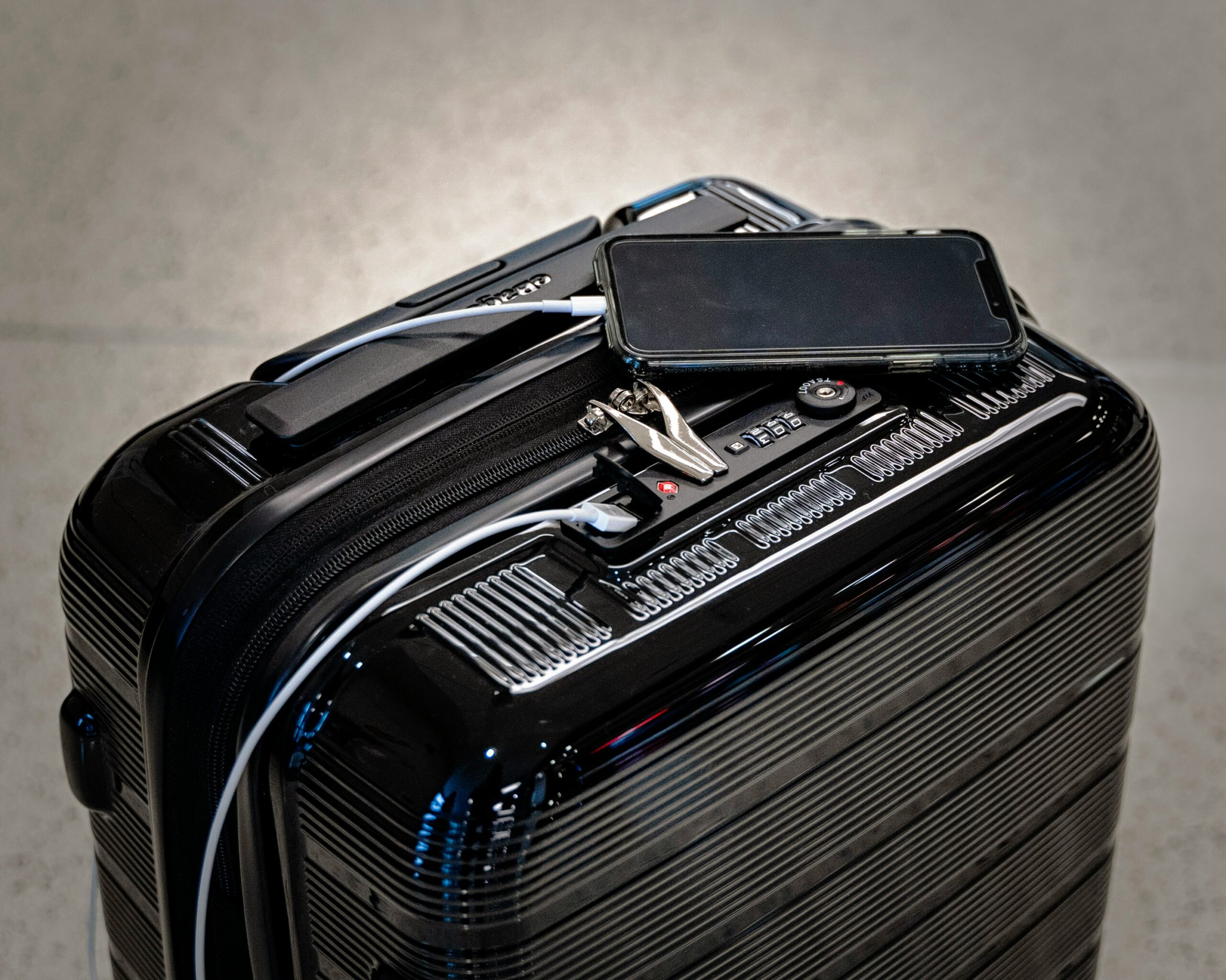Global Entry is a U.S. Customs and Border Protection (CBP) program that speeds up travelers’ passage through border control at many airports. It offers expedited clearance for members and often rivals TSA PreCheck, another popular program. As a result, the application processes for both programs are frequently compared. While the Global Entry application is relatively straightforward, its cost can be a concern for some travelers, even though the benefits are substantial. Recent travel news may affect how frequent travelers prioritize these programs: Global Entry’s fee increase has gone into effect, a factor to consider when choosing a pre-clearance option.
Details About The Global Entry Fee Increase

U.S. Customs and Border Protection has raised the fee for Global Entry, which may come as a surprise to some travelers. The fee increase took effect on October 1, 2024, marking the first hike in over 15 years, according to CBP.
The fee increase reflects program updates made in recent years. The fees for Global Entry, NEXUS, and SENTRI have all been standardized, with each program now costing $120. This change replaces the previous a la carte fee structure, raising the Global Entry fee from $100 to $120.
Applicants and those renewing their membership will still receive five years of access. Global Entry also includes TSA PreCheck, so for some travelers, the higher price may be more cost-effective. However, the increased fee is not the only factor to consider — travelers must also undergo a rigorous background check and interview before enrollment.
More Useful Things To Know
The new fee structure includes a benefit for families: Children under 18 can now enroll in Global Entry for free. This is a significant change from the previous rule, where every family member, regardless of age, paid $100. To qualify for this exemption, children must have parents or legal guardians who are applying or are already enrolled in one of the three programs. This is a substantial benefit for families looking to reduce travel costs.





